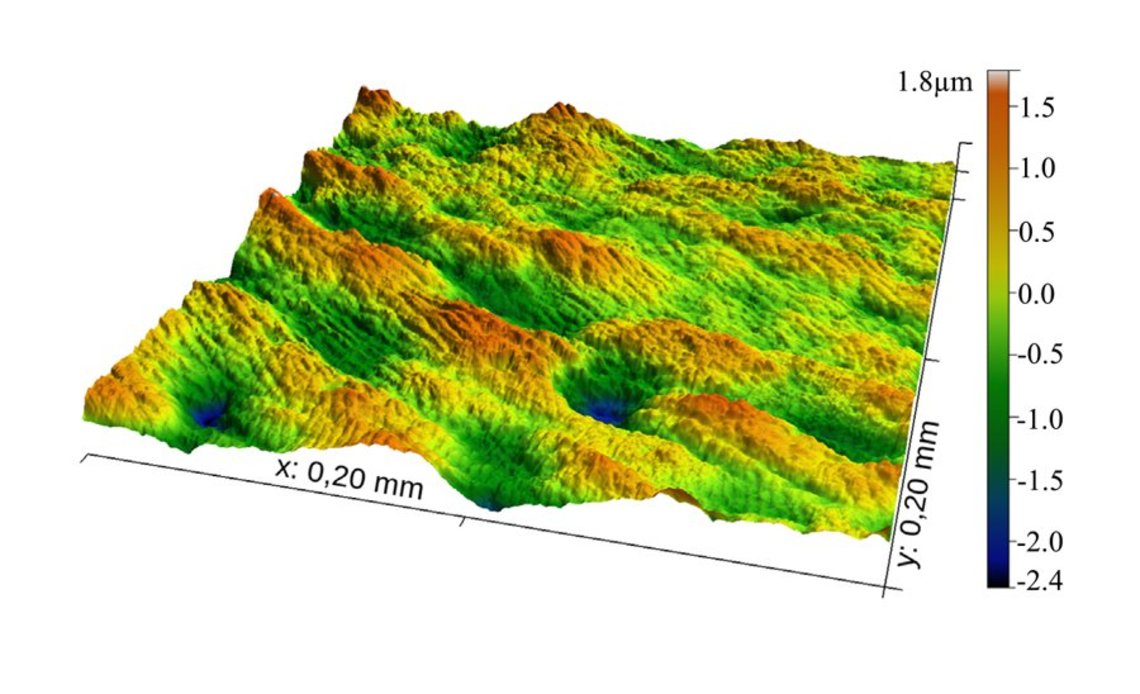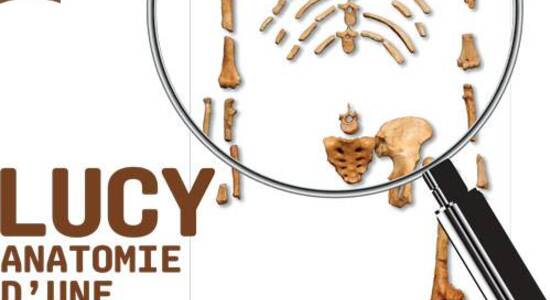Publication Surface Topography: Metrology and Properties
Publié par Laboratoire PALEVOPRIM, le 25 août 2020 1.3k
Damaged digital surfaces also deserve realistic healing
Modern image processing software include inpainting tools for various applications: removing an undesirable feature from an image, restoring damaged parts of old photographs, erasing watermarks, etc. But as concern digital surfaces, the only way of erasing remaining dirt or filling in unread height zones is to apply Laplace’s operator. Laplace’s operator has many advantages: it is easy to implement, it minimizes the surface curvature i.e. no particular relief is created, it is only defined by the damaged zone frontier and the result is the same whatever the software. The major drawback is its excessive smoothness: when the hole to be fill in is large compared to the correlation length, a Laplacian patch contrasts too much with the neighboring relief. When dealing with digital surface study, the problem is not as much the visual aspect of the healing as its potential consequences on the surface parameters. Three alternative healing methods are applied on rough surfaces: a totally new approach, and point- and exemplar-based methods. The accuracy of the repairs are compared by means of parametric and statistical analyses. The results show that, unlike any expectation, Laplacian healing is efficient for small repairs but that point- and exemplar-based methods are statistically better solutions.
Références
Arthur Francisco, Noël Brunetière and Gildas Merceron – Damaged digital surfaces also deserve realistic healing – Surf.Topogr.:Metrol.Prop.8(2020)035008.




